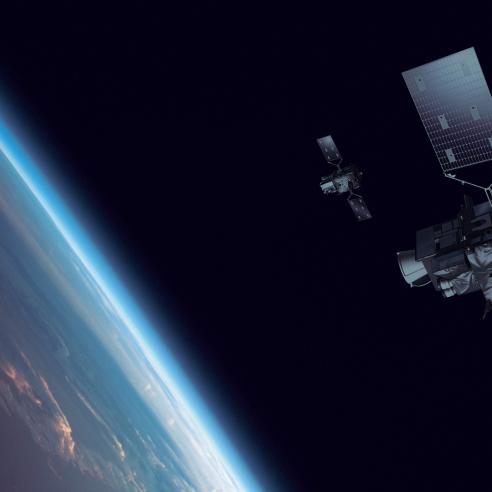05 December 2024
16 November 2022
Applications benefiting from the spectral imagery mission, achieved through the Flexible Combined Imager (FCI) instrument:
- Improved meteorological information about the rapid processes of the atmospheric water cycle, resulting in improved severe weather forecasts and early warnings
- Daytime total column precipitable water retrieval enhanced with support of the FCI’s 0.91µm channel, especially over land
- Improved detection of very thin cirrus clouds assisted with 1.375µm channel
- Improved retrieval of cloud microphysics with additional 2.26µm “microphysical” channel
- True colour imagery available for the first time, supported by new 0.44µm and 0.51µm channels
- Improved aerosol retrievals, especially over land — important for volcanic ash and air quality monitoring
- Improved fire detection via extended dynamical range of the 3.8µm channel
- Increased quality of climate relevant products, through higher spatial resolution













